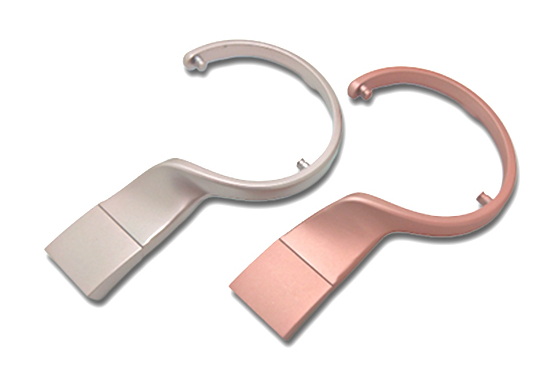Everything About Surface Strengthening Technology Of Die Casting Mold
The surface strengthening and modification technology of die-casting mold can take the mold surface and matrix as a system for overall design, and comprehensively use the surface strengthening and modification technology and coating technology, so that the surface obtained material itself is difficult to have but promising to have specific properties. The treatment technology that uses modern technology to change the composition, structure and performance of the material surface and sub surface layer of the forging mold is called surface modification technology, which mainly includes the following 10 categories.

Surface Strengthening Technology Of Die Casting Mold
1. Electrochemical conversion
The technology of forming oxide film on the surface of parts under the action of electrolyte solution and external current is called electrochemical modification technology. Electrochemical conversion modification technology is often called anodic oxidation or anodization in engineering. Recently, a great exhibition of electrochemical conversion technology is micro arc plasma anodizing, which can significantly improve the surface hardness or form a new color decorative film, and has a good application in the die casting mold industry.
2. Surface formation and strengthening
The elastic-plastic deformation of the surface layer of the material is caused by the process methods of shot peening, extrusion, laser shock, rolling, ultrasonic shock, vibration shock, high-pressure jet, etc., the residual compressive stress is introduced and the change of microstructure is generated, so as to improve the fatigue resistance and corrosion resistance of the material, and improve the stability and durability of the parts.
3. Surface phase transformation strengthening
The material surface is rapidly heated by electron beam and laser beam to form a new phase transformation zone and surface strengthening amount on the surface and sub surface, so as to obtain a special performance surface layer with fine structure and strengthening phase.
4. Ion implantation
The ions ionized by the vacuum system are accelerated under high voltage and directly implanted into the material surface of the die casting mold to form a very thin ion implantation layer, which changes the composition and structure of the material surface and improves the surface properties of the material.
5. Organic and inorganic coating technology
Organic coating technology mainly refers to the use of coatings (paint, paint, pigment, thinner) to give the surface of die casting mold special protection, decoration and flame retardant, temperature and other functions.
Inorganic coating technology is to form an inorganic coating or surface facial mask on the surface of the mold. Inorganic coating or surface facial mask has specific chemical composition, structure and morphology, which can give new properties or functions to the matrix and coating system.
6. Surface alloying (diffusion infiltration)
Metal or non-metal is deposited on the surface of die-casting mold and infiltrated into the surface of matrix material through diffusion, so as to change the chemical composition and phase structure of material surface, so as to improve the service performance of die surface.
7. Chemical conversion
Put the mold parts into a certain chemical solution medium to form a passive compound film on the surface, so as to improve the performance of the mold surface. The passive compound films commonly used in engineering mainly include Chromate Passive film, phosphate passive film, oxalate passive film, bluing on the surface of steel parts, etc. In addition, in engineering applications, surface roughness reduction processes (polishing, polishing, rolling, etc.) and surface coloring are often also classified as surface modification processes such as chemical conversion.
8. Metal electrochemical deposition technology
Metal electrochemical deposition refers to the technology of depositing one or more layers of metal coating, alloy coating or composite coating on the surface of die-casting die by electrochemical method, also known as electroplating technology. Various coatings with different functions can be prepared on the surface of metal parts by electroplating.
9. Rust prevention technology
The chemical or electrochemical changes of metals under the action of environmental media are called metal corrosion, commonly known as rust or rust. Antirust metal is a technology to prevent metal from corrosion in the process of manufacturing, processing, handling, transportation, storage and use.
10. Hot dip coating technology
Hot dip coating technology, also known as hot plating, is the process technology of immersing the plated metal material in other liquid metals or alloys with low melting point to form a coating. Hot dip coating technology is characterized by the formation of an alloy layer between the base metal and the coating metal.

